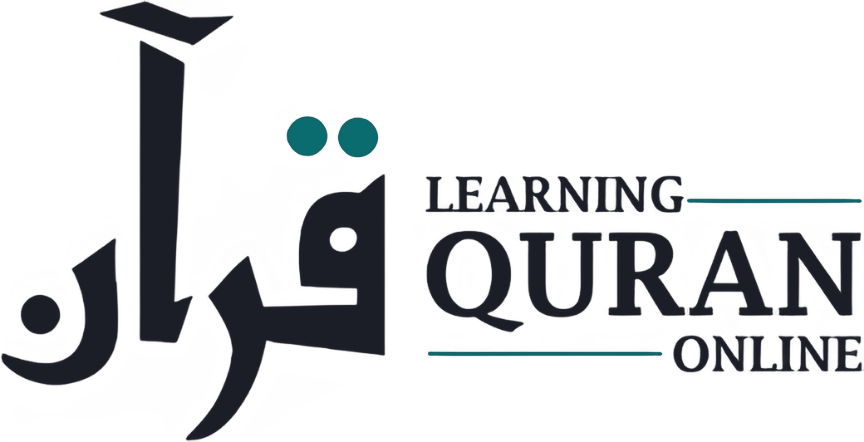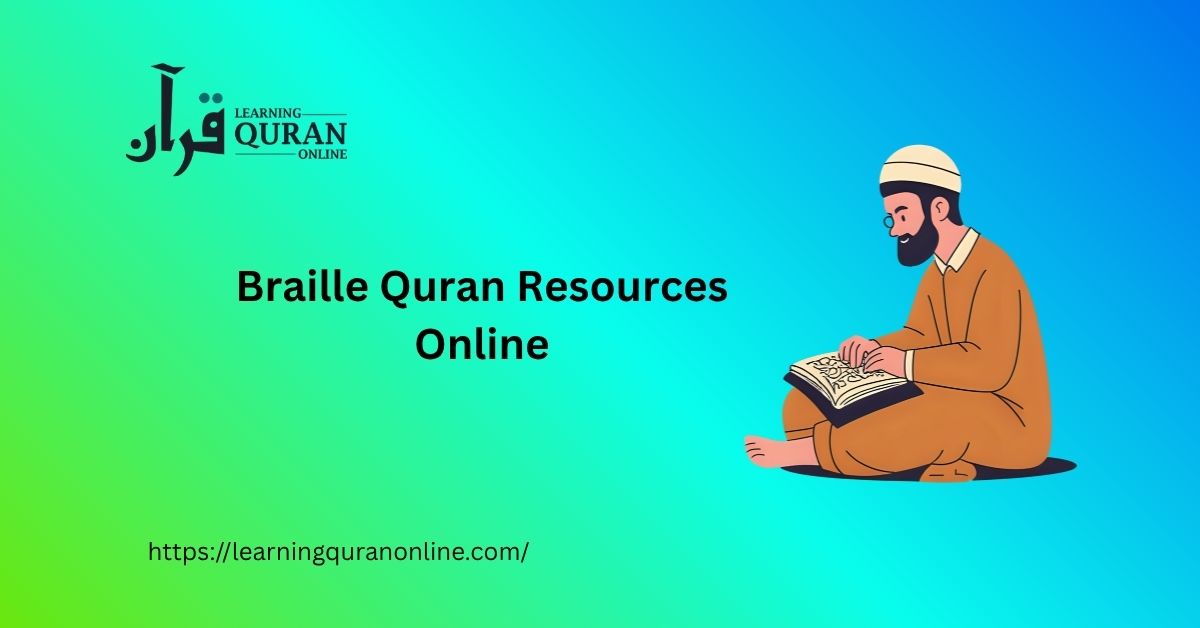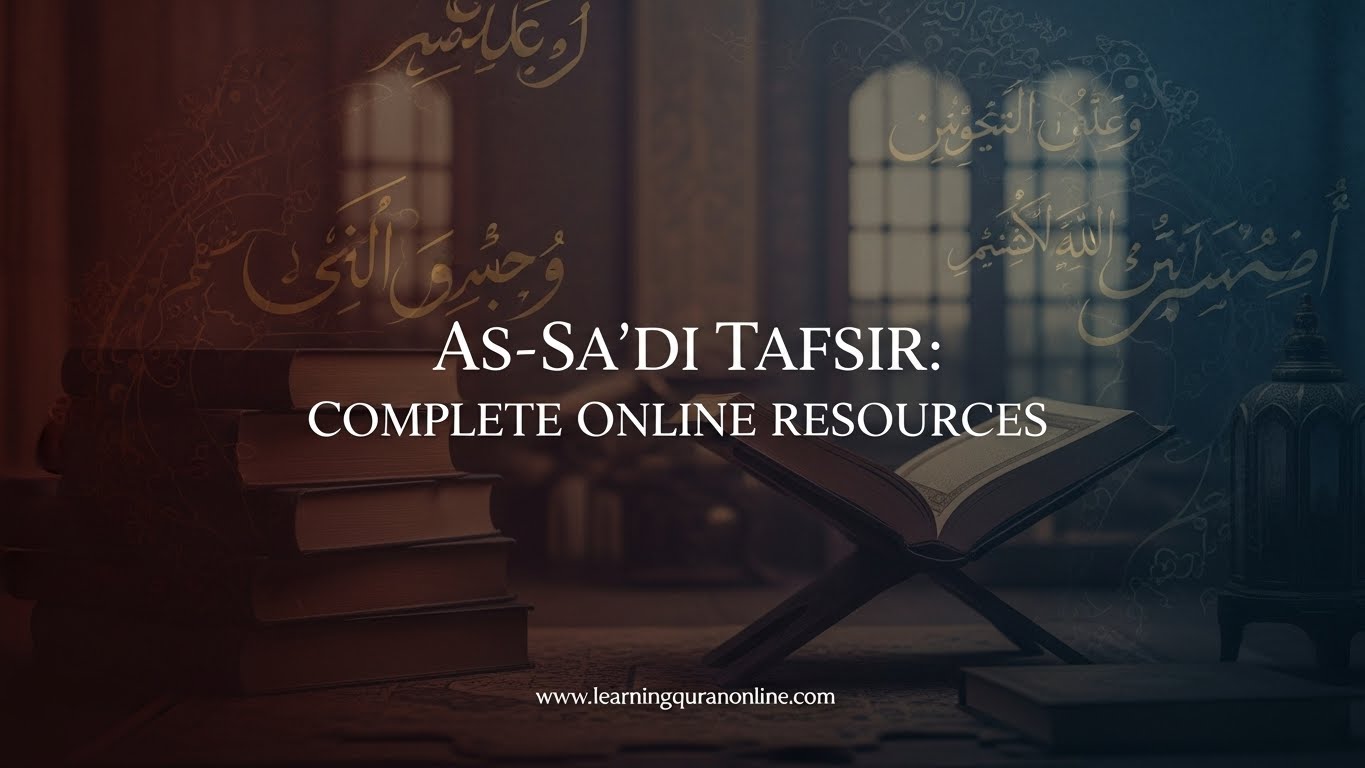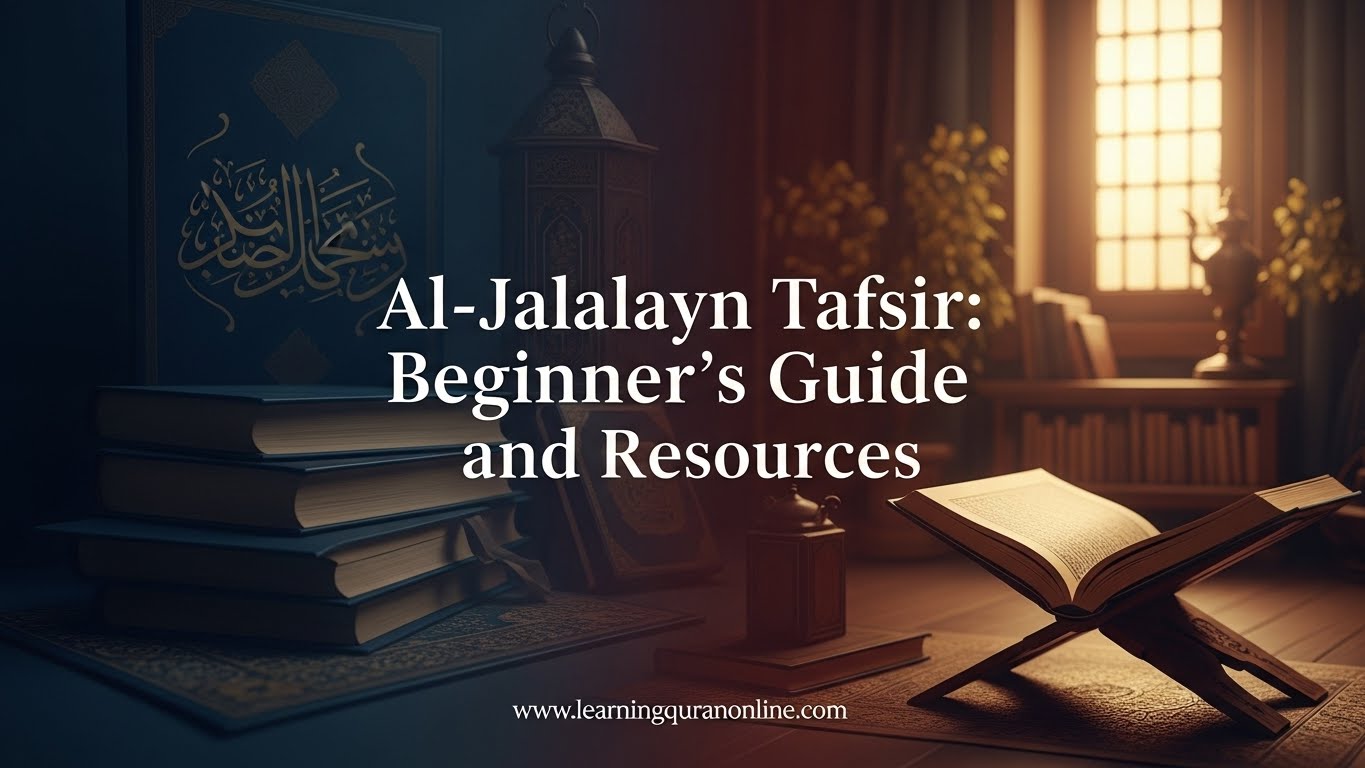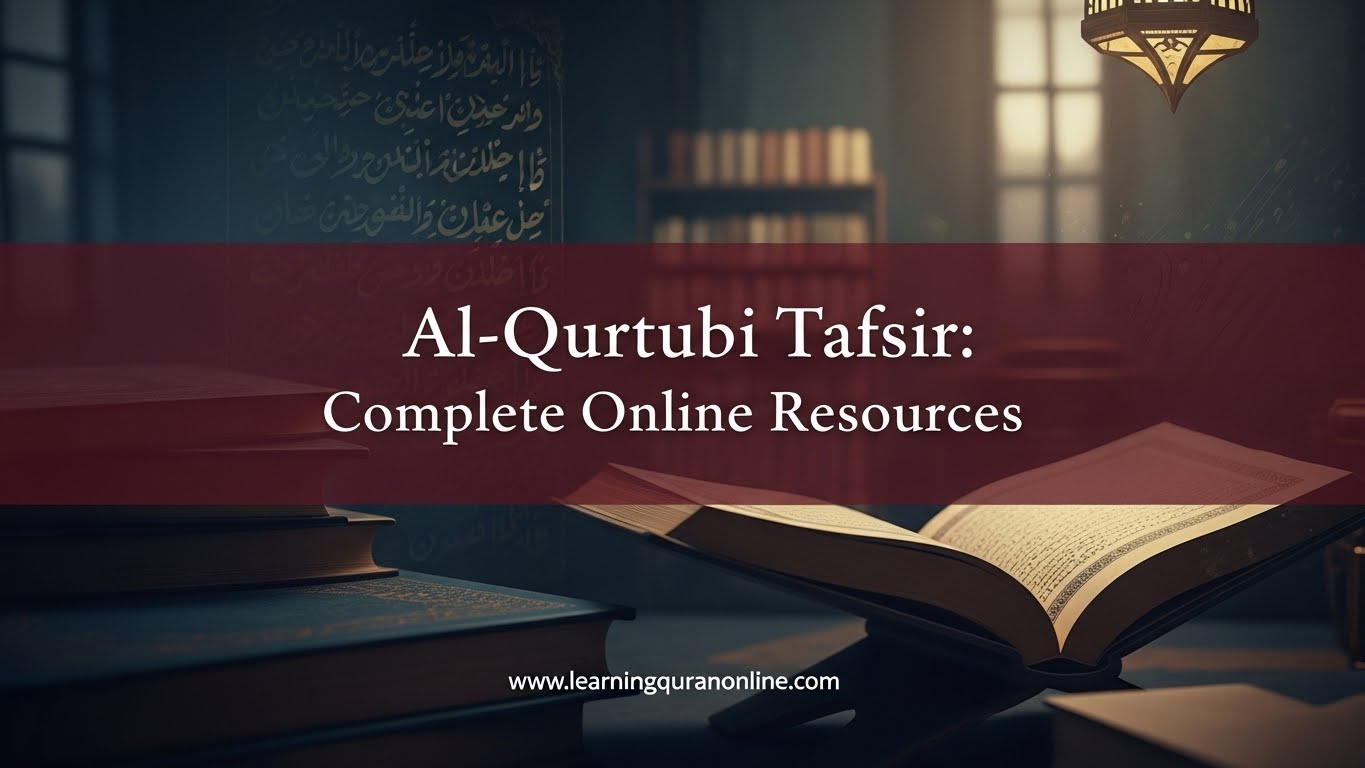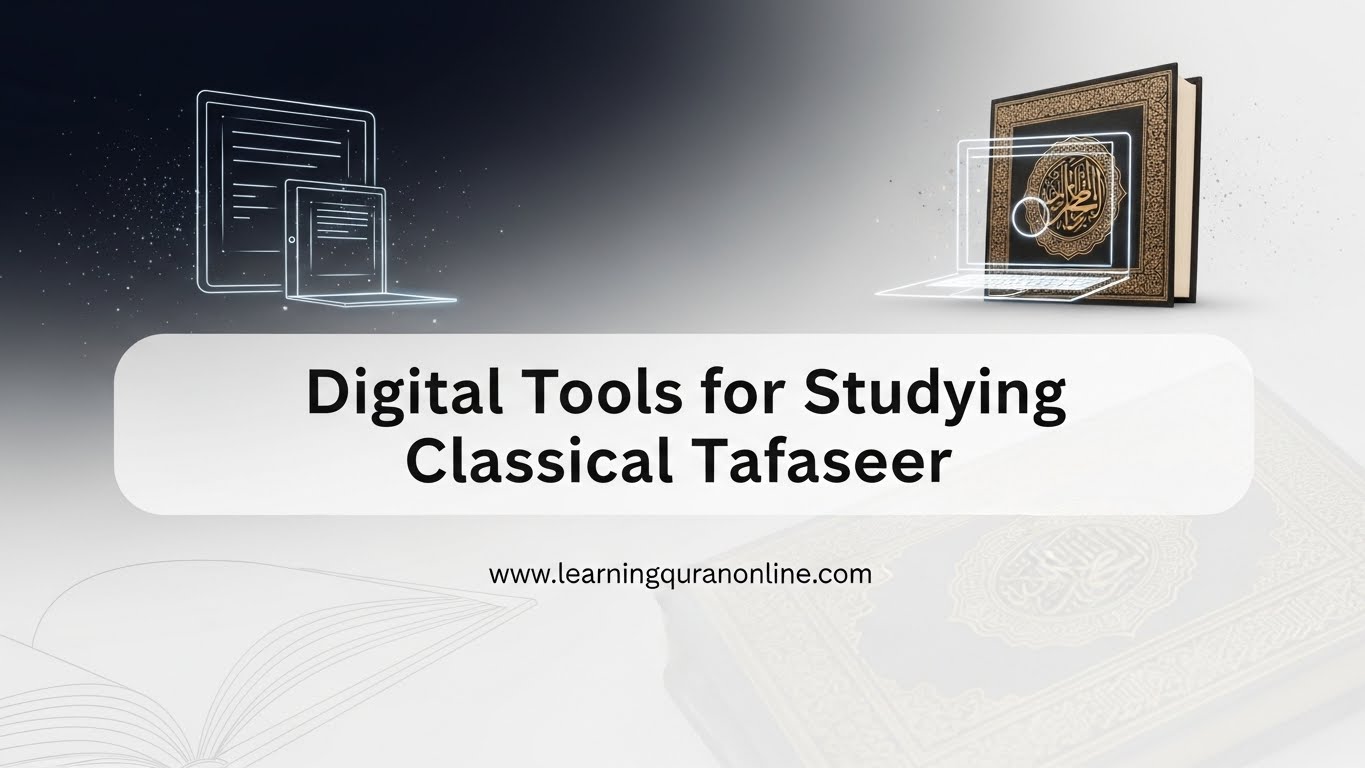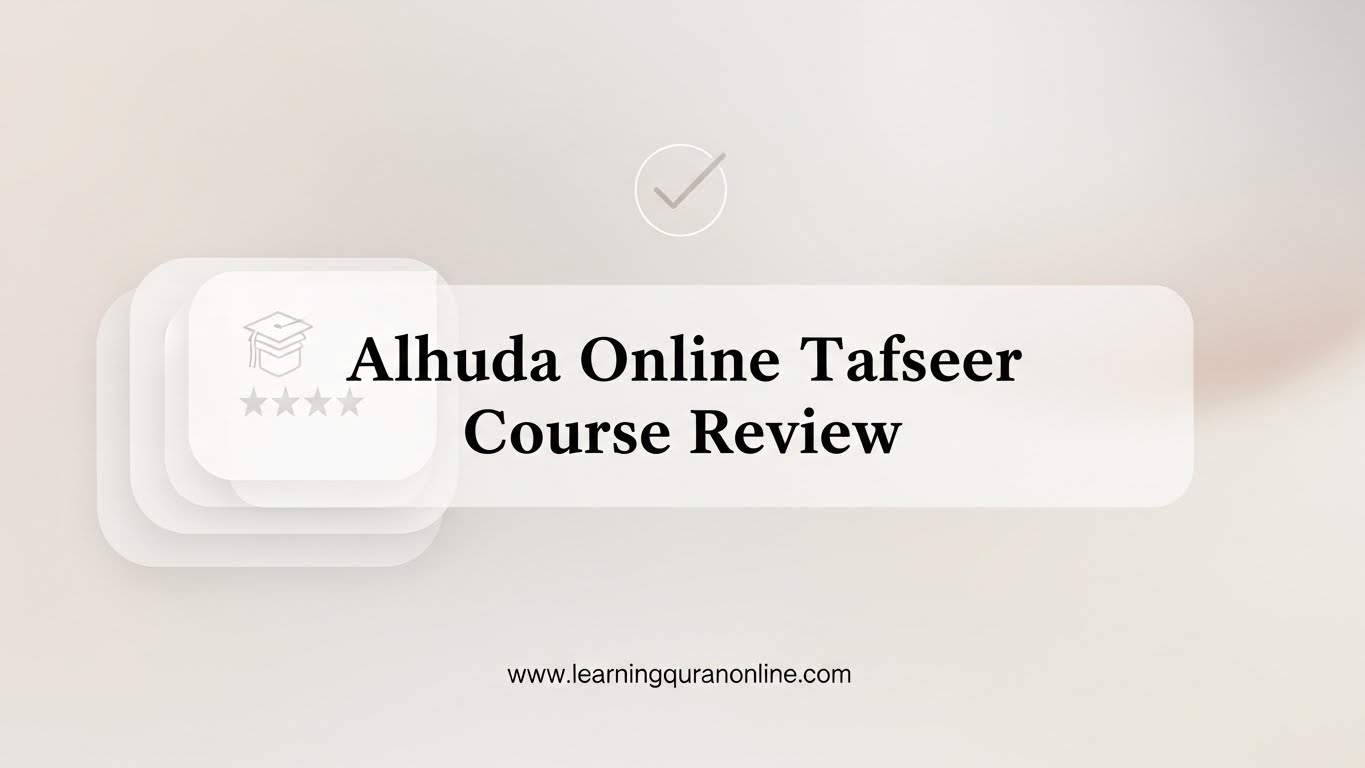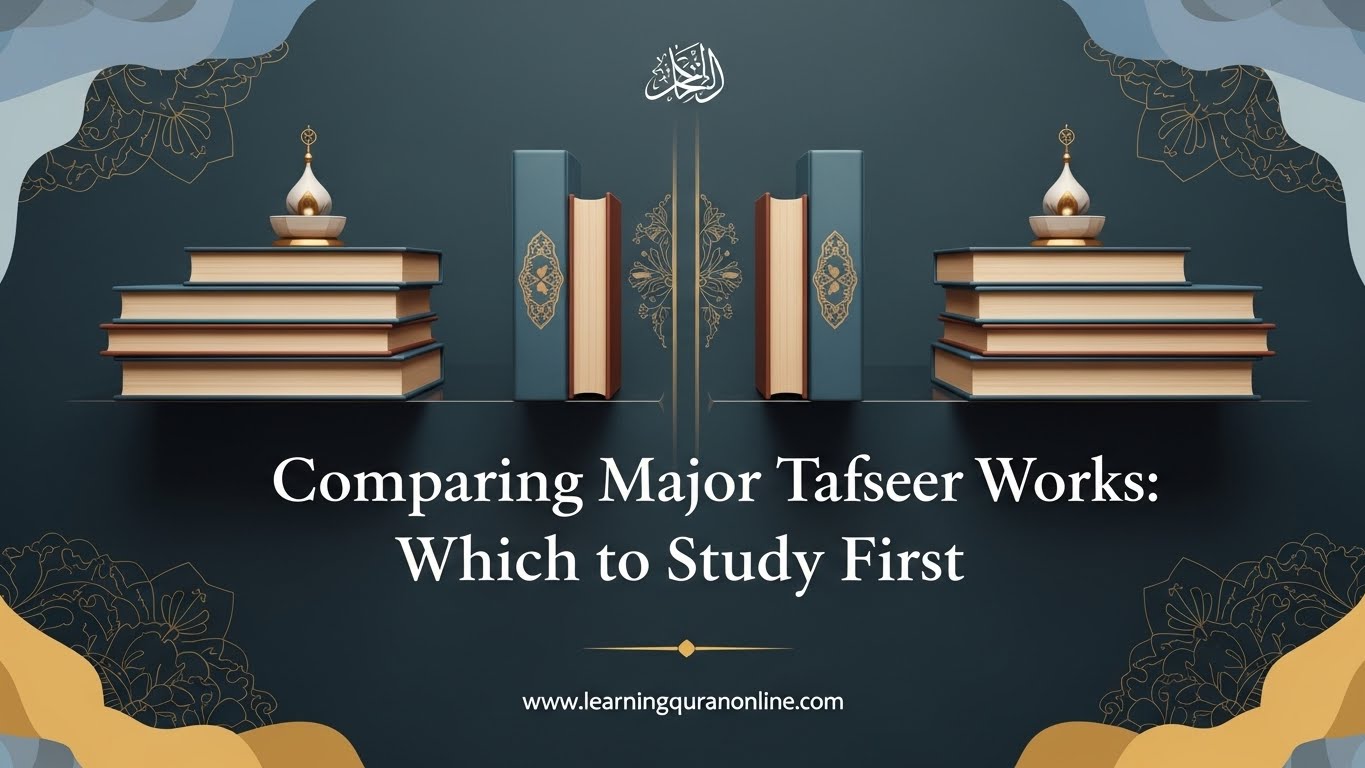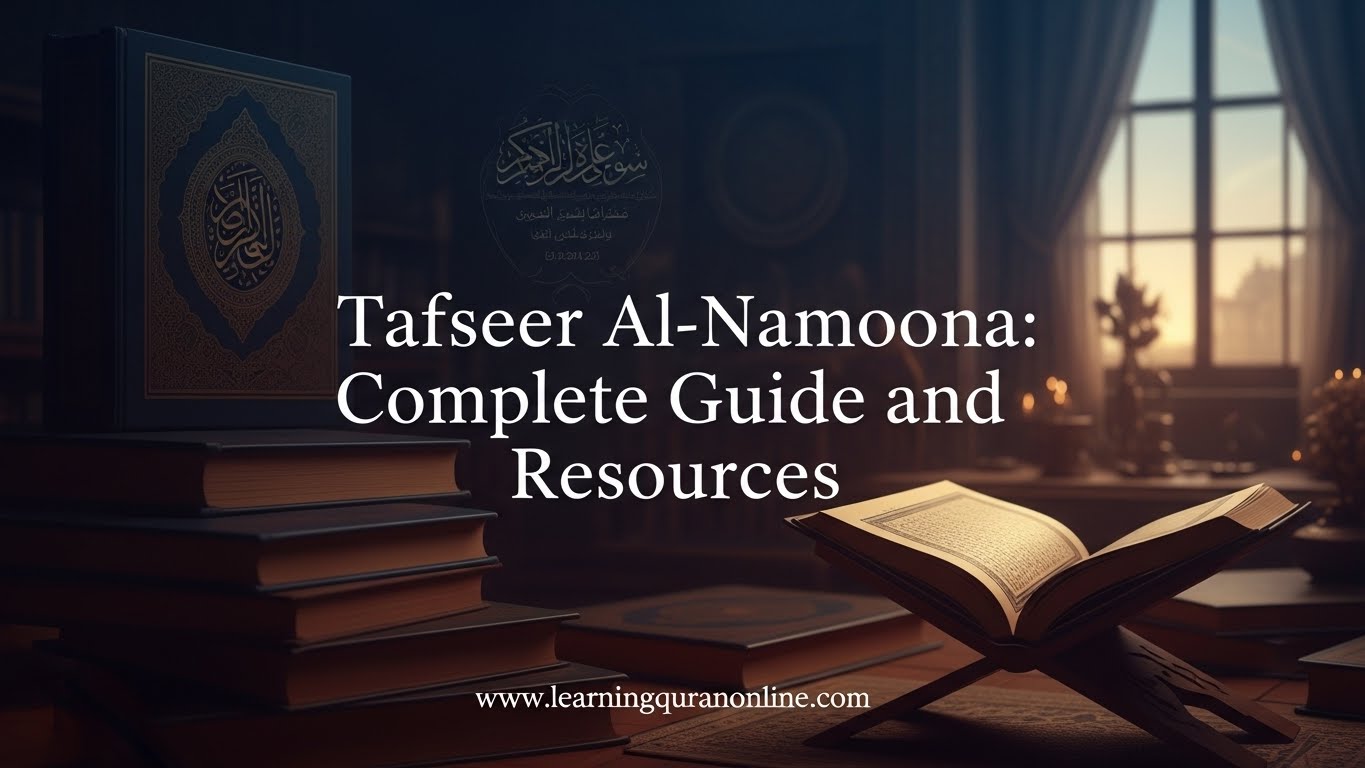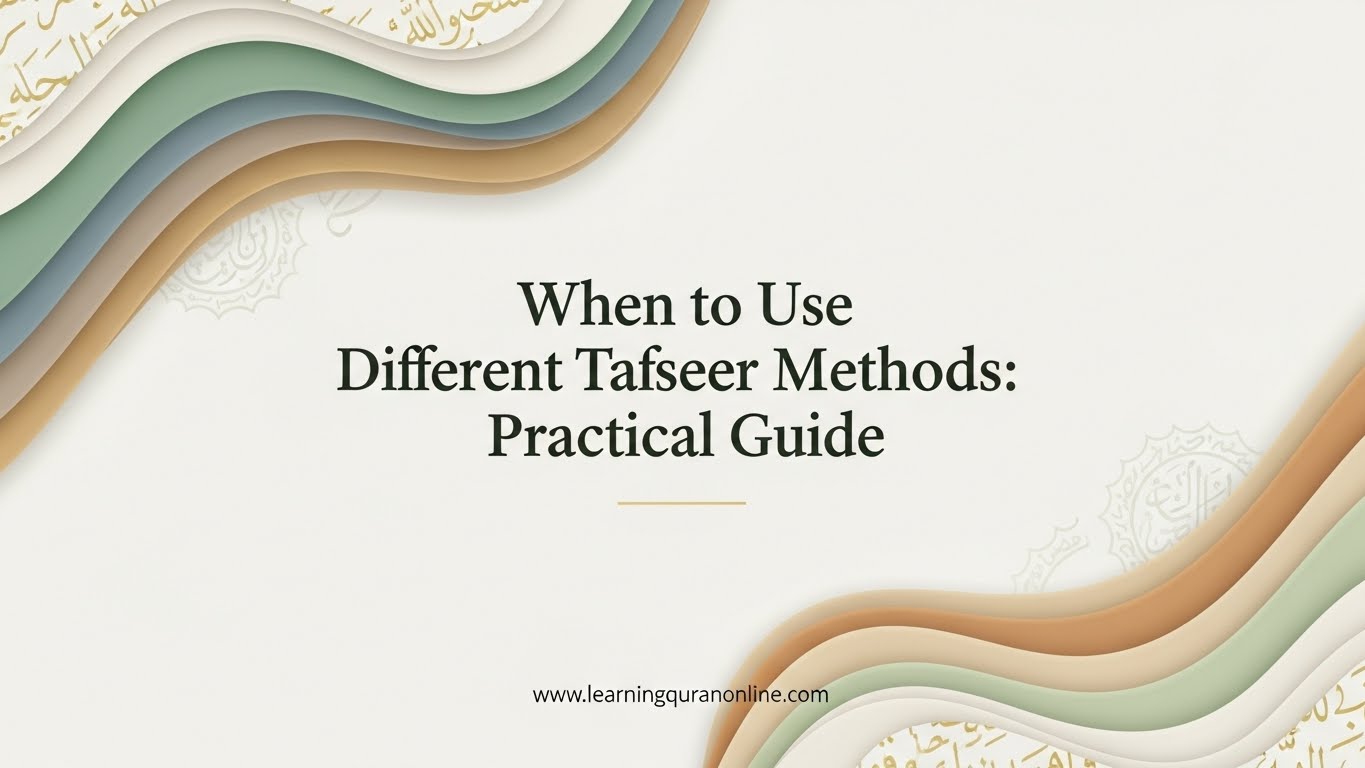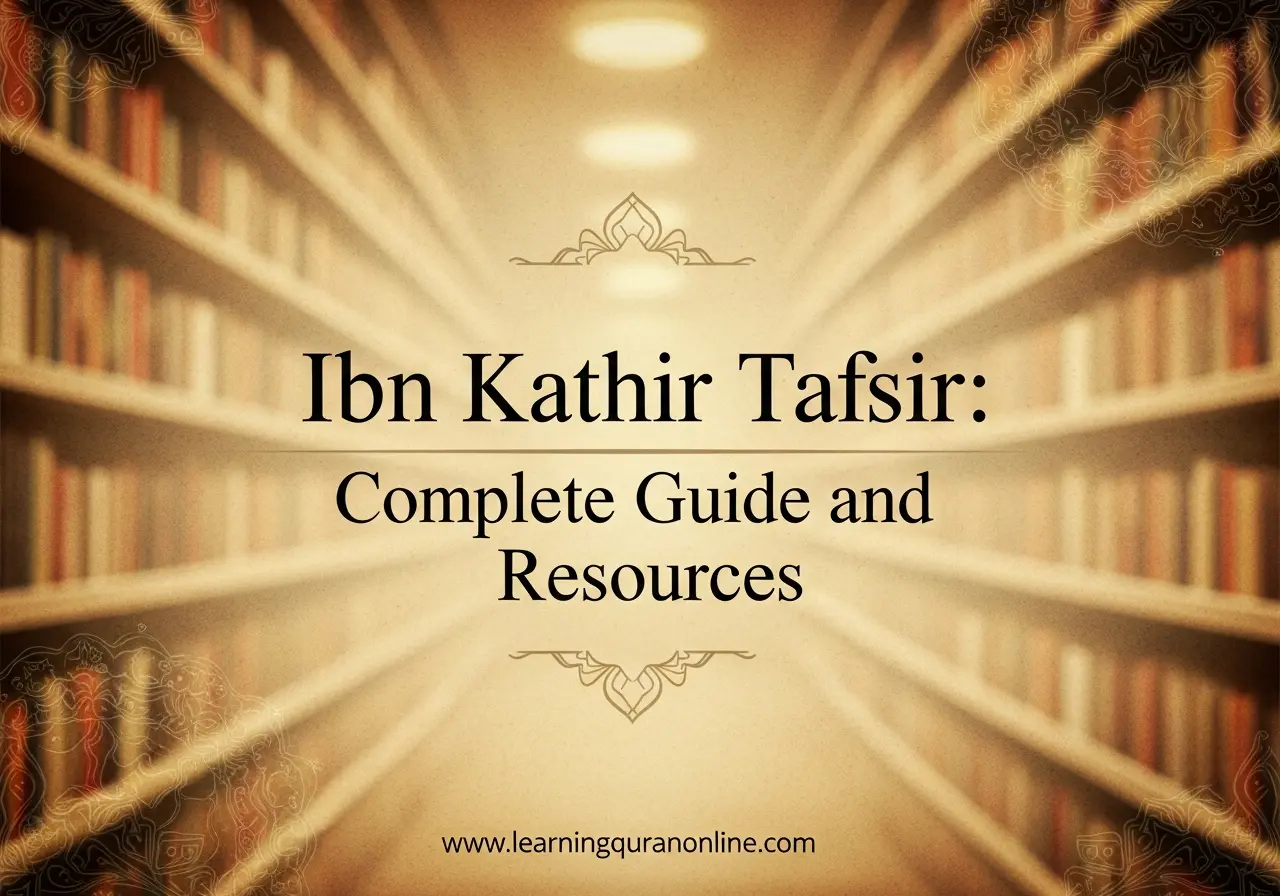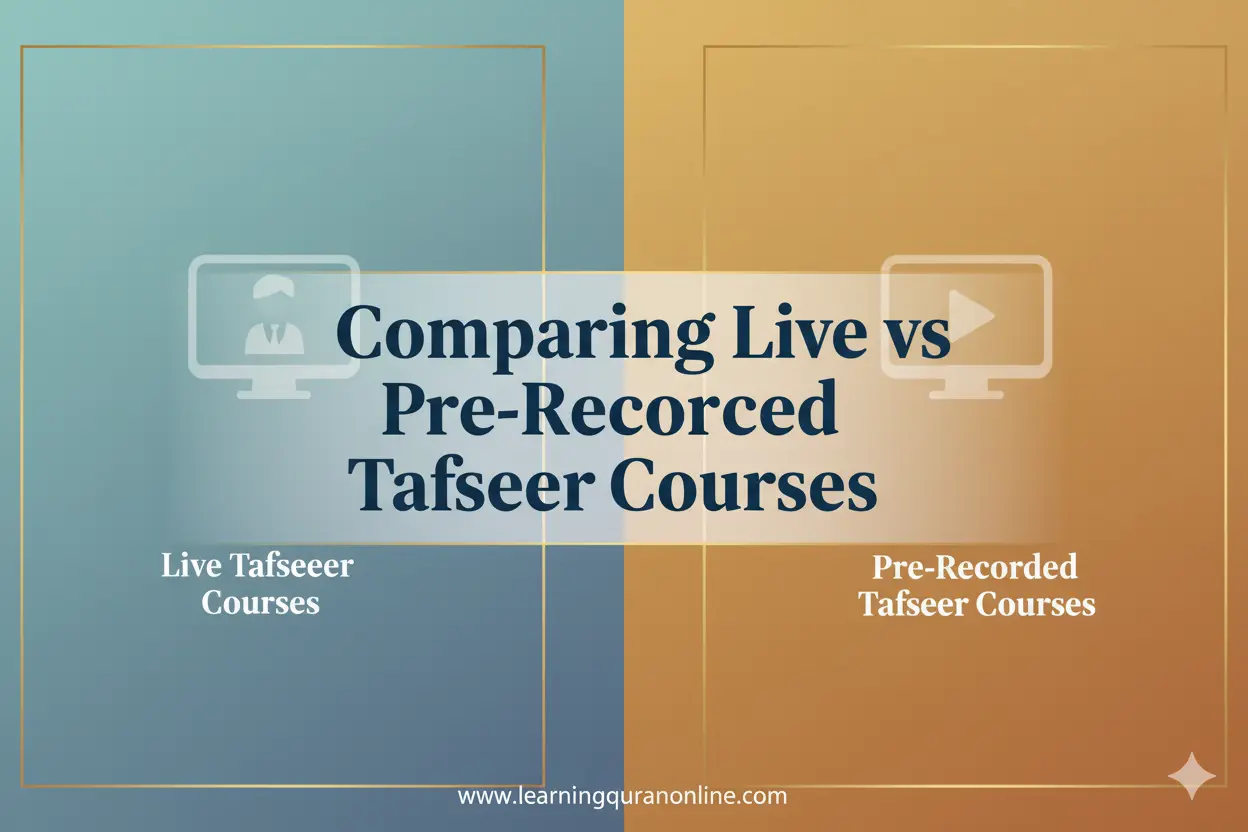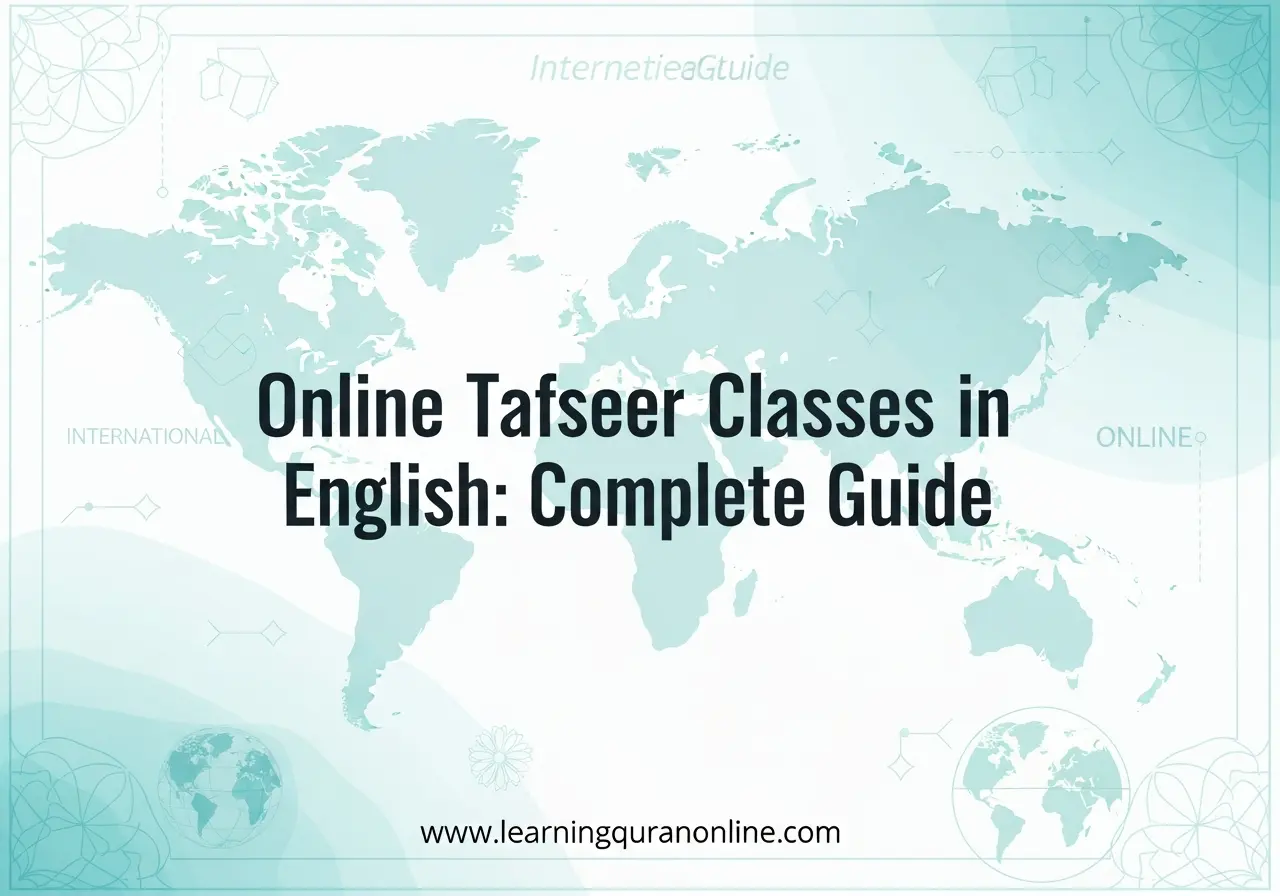Basic for a Muslim who is blind or visually impaired is access to the Qur’an. In recent years, Braille Quran resources online, downloadable files, Braille tactile editions, and assistive technology have provided a unique opportunity to read, learn and recite the Holy Book in a style as independently as ever. This guide covers practical information, key terms, and leads – from the Arabic Braille mushaf to the refreshable Braille display – so you can find, order, or create Braille Qur’an content.
Visit Our Online Quran Academy – LQO Learning Quran Online
Table of Contents
ToggleWhy Should You Read Braille Qur’an (Braille Mushaf)
Although audio recordings and recitations of the Qur’an are undeniably invaluable, Braille Qur’an resources offer a parallel access route. Tactile reading allows independent study, memorization, tajweed, better comprehension of detached word meaning, and word length. A Braille mushaf enables blind readers to perceive the layout of the verses, compare translations, and have direct access to surah and ayah numbers.
Types of Braille Qur’an Materials Found Online
Various formats of Braille Qur’an are encountered while exploring online:
- Braille Mushaf: published Braille Qur’ans are physically bound books printed by braille printers or embossers and mailed to the recipient.
- Braille Files for Download: files in experienced braille formats, often .brf, which can then be used with a refreshable braille display or braille embosser. Look for Arabic Braille editions.
- Refreshable Braille-Text: a version of Quranic content published in Unicode or transliteration suitable for refreshable displays. It is intended for use with audio-electronic devices that can dynamically turn braille characteristics into stimuli.
- Tactile Qur’an Aids: Raised-line maps of surah structures, tactile bookmarks, and verse-marker systems are some approaches that help promote the physical movement of a person operating a Braille mushaf.
- Combined Braille + Audio Packages: These hybrid resources offer a Braille file alongside synchronized audio or even as one file package to facilitate making dozens or hundreds of associations between Braille dots and Arabic speech sounds (in DAISY format or as MP3).
Where to Look: Trusted Sources & Organizations
Numerous reputable organizations and networks exist to support blind readers, including those that can lead you to a supplied or produced Braille Qur’an. It is always best to search official links, national associations for blind people, national or institutional libraries for blind people, and Islamic centers offering adaptive and accessible resources.
- National Libraries and Associations for the Blind: A good example is the American Printing House for the Blind and equivalents in other countries; local libraries often emboss Braille religious texts.
- Local Mosques and Islamic Centers: At least some of them maintain a record of Braille mushaf requests or have a partnership with a charitable organization that runs anonymous requests and sends Braille Qur’ans through mail.
- Charitable Foundations & NGOs: These organizations sometimes support accessible books projects or sponsor braille Qur’an embossing for needy communities.
- University & Academic Projects: Sometimes universities and special archiving centers host digitized rare and valuable religious books and offer access to Islamic studies departments or accessibility centers.
- Online Accessible Book Repositories: Many Braille libraries exist in the world, and directories and consortia of such libraries catalog books in offered physical and digital braille formats to the print-disabled community.
Color-Coded Quran Online Resources
Formats & Technical Details You Should Know
It is useful to comprehend Braille encodings and file formats when downloading or ordering Braille Qur’an files:
- Arabic Braille: This language has its own braille code; when you download a file, this should be brailled in Arabic Braille, not English Braille or UEB.
- BRF Files: A well-known format for electronic Braille and may be sent to braille embossers or displayed on braille displays. If you find a site that says “Braille Qur’an download”, this is most likely the file format you are looking for.
- Embossing vs. Refreshable Displays: i.e., whether an embosser produced the braille or if the display is refreshable. An embosser will produce a physical Braille mushaf, while refreshable Braille displays are dynamic and can be integrated with smartphones or computers.
- Grade 1 vs. Grade 2 Braille: Determine whether the braille is uncontracted or contracted. Grade 2 braille is more condensed but requires some prior familiarity.
- Synchronized Audio: DAISY or similar format. DAISY and similar formats allow a user to synchronize navigation between audio and text, which could be helpful for various scenarios such as study and memorization.
Request or Produce Braille Qur’an
If the Braille mushaf is not available:
- Contact the national library’s SRACE for the blind or local Mobilités to ask regarding existing Braille Qur’an copies or if they offer production services.
- Contact local mosques or continent societies that may pool their orders and pay for embossing.
- If you have access to a Braille embosser, ask for downloadable Arabic BRF files from a reliable source and emboss them locally.
- Send digital Arabic text to the braille transcription services or the accessibility office in a university space to convert into Arabic Braille.
- Consider multi-format advisor Braille + audio packages for enhanced, high-through study with memorization.
Color-Coded Quran Online Resources
Assistive Technology & Tools
Braille-assisted technology that combines with texts ensures accessibility and ease of access.
- Tutoring one-on-one through local mosques or community volunteers familiar with Arabic Braille.
- Combined audio-braille learning packages can be advantageous and increase retention by pairing recitation with braille text.
- Online communities and forums are essential for visually impaired Muslims who share tips, templates, and other resources.
If you manage or contribute to a website hosting Braille Qur’an resources, follow accessibility and trust-building practices: Clearly label file formats and specify the braille code, offer multiple access options, follow web accessibility standards, and provide information about copyright and permissions.
Practical Tips for Users & Caregivers
A few tips can make the search and ongoing use of Braille Qur’an resources simpler:
- Start by contacting your national or regional blind association.
- Find a knowledgeable organization or user to verify Arabic and contact the access guide.
- Know that the braille volume will not be read easily from start to finish.
- Keep records of successful sources and share with your community and local mosque.
Whether there is an inadequate number of Braille Qur’ans available or they are not issued in the necessary Braille version, the global cooperation within the Muslim community will involve joint contributions to better access.
Conclusion
It’s a journey to independent use of the Qur’an by all members of the community, and the proliferation of Braille Qur’an resources on the internet represents an important first few steps. Whether you’re looking for a printed Braille mushaf, a BRF file to download, or Braille + audio bundles, there are immediately actionable pathways to finding and using visually impaired-friendly Qur’an materials.
Start with the local association of the blind, your respective national library or that of a neighboring country, your mosque network, but don’t hesitate to leverage modern accommodative technologies – refreshable braille displays and embossers – to make the Qur’an accessible to you personally. If an organization can create or curate trusted Arabic Braille resources, make them easily discoverable, and remove the barriers to privately accessible Qur’an use by each member of the community.
If you want, I can help you to find specific organizations or even draft an email sample to request a Braille mushaf from a mosque or charity in your city or country. You can also learn more about Braille file formats if you are interested. If you provide me with the name of your country or region, as well as the preferred format, I will adapt the next steps for you.
